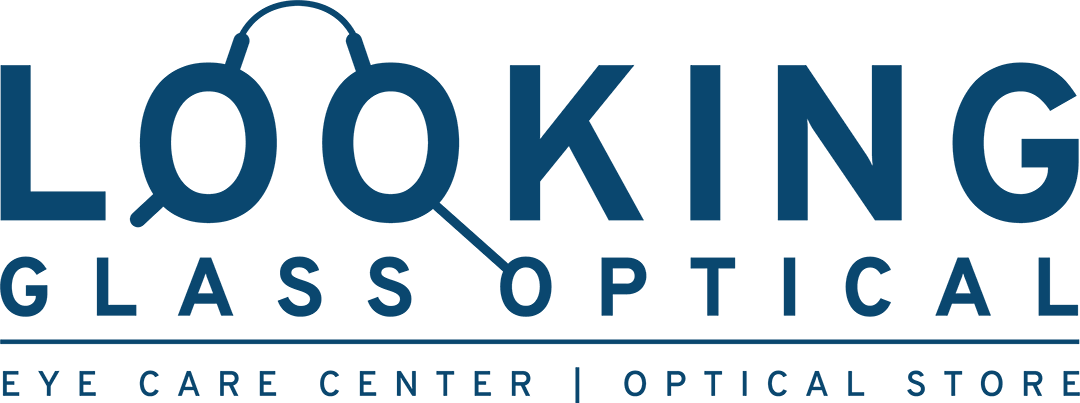What is Visual Impairment?
To first understand visual impairment, it’s essential to comprehend visual acuity. Visual acuity measures the eye’s ability to distinguish shapes and the details of items at a given distance. An optometrist assesses visual acuity, evaluating each eye on its own. Think multi-letter Snellen (E chart) during your exam. For example, if someone has 20/70 visual acuity, they can only see the same object 20 feet away compared to someone with normal vision who can see the same thing from 70 feet away. The measure of visual acuity helps determine your visual impairment.
Visual impairment is a term experts define as any loss of sight. Any vision loss where the eye does not see objects clearly or has a visual field loss. If the eye cannot see as wide an area as usual without moving the eyes or turning the head, that is considered a visual impairment.
Define Visual Impairment & It’s Causes
Not all visual impairments are the same, so it’s a general umbrella term for anyone with an eye condition or disorder. This also means there are endless causes. However, to simplify it, in the United States of America, there are four categories to define visual impairments. These categories are low vision, partially sighted, legally blind, and totally blind.
Low Vision
According to the University of Washington, low vision applies to those who require visual aids. There are two maintain types: myopic or near-sighted and hyperopic or far-sighted. However, it’s important to note that while common, these are only refractive errors within the eye. Low vision can also include many other symptoms and common eye problems.
Other low vision symptoms include:
- reduced visual acuity or visual field
- contrast sensitivity
- blurred vision
- eye misalignment
- poor judgment of depth
- night blindness
- glare sensitivity
- visual task difficulty
- difficulty reading
- double vision
- color blindness
- headaches and dizziness
These symptoms are linked to eye diseases, including macular degeneration, cataracts, glaucoma, diabetic retinopathy, and more. These can lead to legal or total blindness if not caught or treated incorrectly.
Partially Sighted
Please note that many organizations switch between low vision and partially sighted definitions, which can get confusing. However, in the U.S., this term is typically used for educational purposes. It refers to those with a visual impairment requiring special education services. This usually includes the need for additional visual aids. A partially sighted student can have similar challenges as those who are legally blind. The accommodations vary greatly on the individual needs of the student.
Legally Blind
When most people think of blindness, they describe it as total blackness, which is inaccurate. Many others have what experts define as legal blindness. Blindness has a spectrum, with some people being blind from birth and others losing their vision slowly or rapidly over time. And some blind people can distinguish between dark and light or make out shapes.
Any person in the United States with a vision that cannot be corrected to better than 20/200 in the best eye or who has 20 degrees or less of visual field remaining is considered legally blind. That means if an object is 200 feet away, a person with 20/200 must stand 20 feet from it to see it. But a person with normal vision can stand 200 feet away and see the object flawlessly. However, they could still have sight and can perceive some visual information.
Totally Blind
While many can be born with total blindness (congenital blindness), some can become blind due to trauma, eye health, or injury. Totally blindness describes those who have a complete lack of light perception. In younger individuals, braille will be used to learn. According to the American Foundation for the Blind, only about 15% fall into this category. Further studies show that some total blindness can be prevented with regular eye exams, protective eye gear, and preventative measures.
Looking Glass Can Help With Visual Impairments
This is a very high-level overview of visual impairments. Vision loss can be gradual and depends on what part of the eye it affects. That is why regular comprehensive eye exams are essential to your healthcare. At Looking Glass Optical, we help you protect your eyes through regular screenings and symptom monitoring. We use the latest technology to diagnose and care for your eyes. Schedule your appointment today!
